Effective product placement is a crucial aspect of retail strategy, influencing consumer behavior and driving sales. When done right, it can enhance the shopping experience, optimize your product's visibility, and, in turn, increase sales. In this blog post, we'll explore tips to help you master the art of product placement in retail spaces. Below are 5 critical areas of focus that should be top of mind when developing your retail display set.
Understand Your Target Audience
Before diving into product placement strategies, it's essential to have a deep understanding of your target audience. The best way to accomplish this is to develop a target brand persona through discovery. Discovery means getting intimately acquainted with your brand, processes, and methods. Find out what your customers, employees, and stakeholders feel about the brand's state. Use this information to analyze customer preferences, behaviors, and shopping habits. Knowing your audience allows you to tailor your product placement to appeal to their interests, increasing the chances of capturing their attention and making a sale.
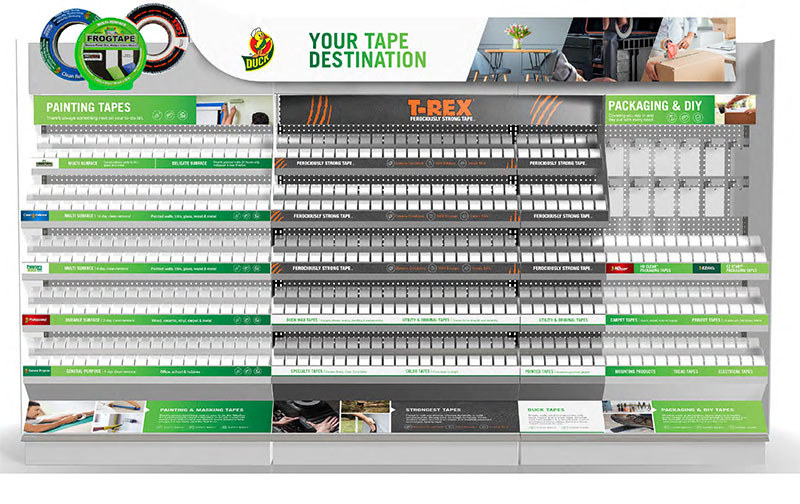
Create Eye-Catching Displays
Visual appeal plays a significant role in grabbing the attention of shoppers. Invest time and effort into creating eye-catching displays that showcase your products in the best light. Use color contrasts, attractive signage, and lighting to highlight essential items. Designing the display to provide critical information conveying the features and benefits of your product, unique value proposition, and wayfinding that will help consumers navigate your display is essential. A visually appealing display can entice customers to explore and make impulsive purchases.
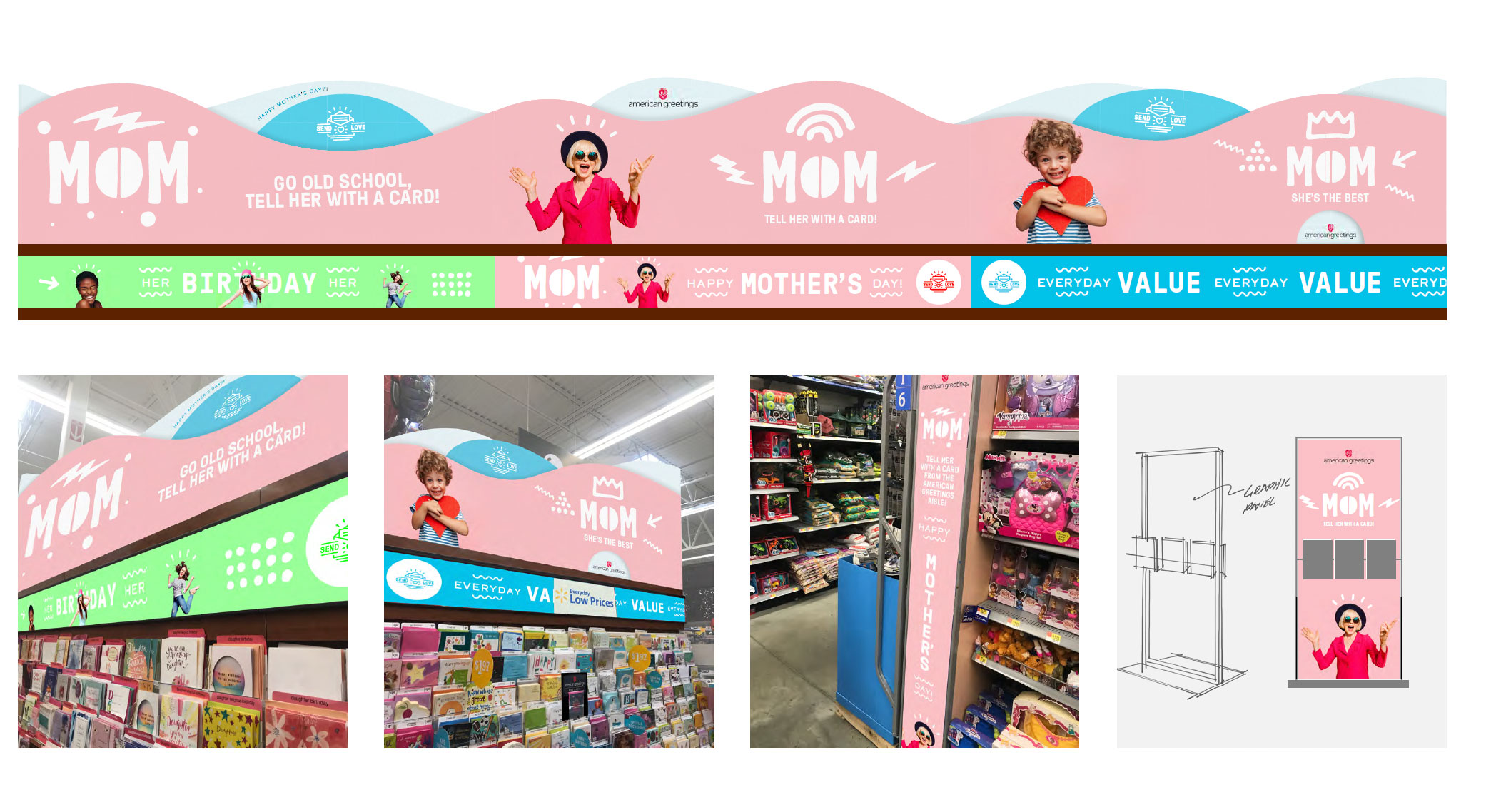
Utilize Cross-Merchandising
Cross-merchandising involves placing complementary products together to encourage additional purchases. For example, if you sell drywall finishing products, position them near paint accessories or the drywall department. Another way to utilize cross-merchandising is to place signage in a complimentary category to drive sales back to your display set. This strategy not only boosts sales but also enhances the overall shopping experience for customers by offering convenient product pairings.
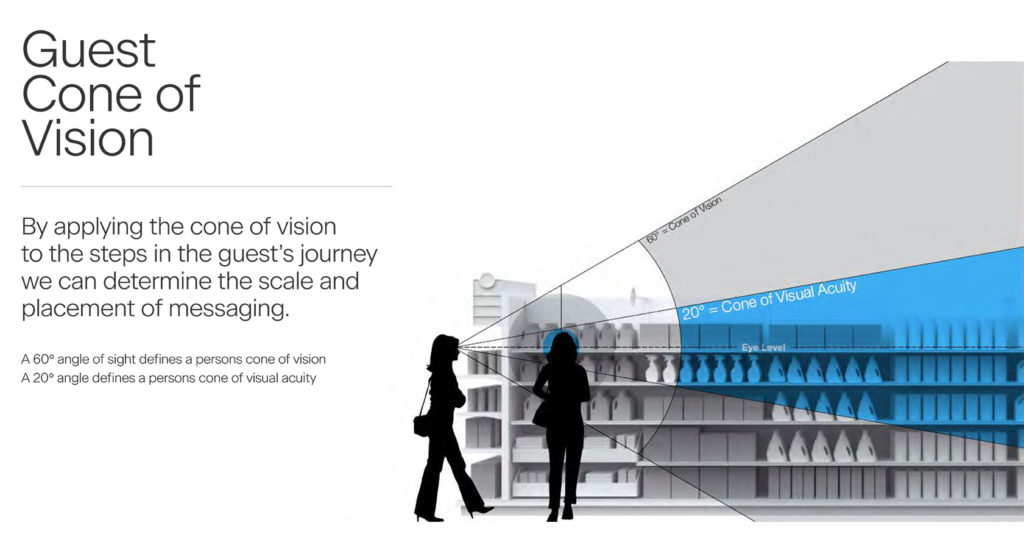
Prioritize Product Hierarchy
Enhance the shopping experience by strategically placing best-selling or high-margin items at eye level, capturing the immediate attention of customers, and enticing them with top-rated products. Thoughtfully designed presentations maximize visibility and create a visually appealing arrangement that guides customers seamlessly through the product set. As they explore, the lower shelves are reserved for products that may benefit from an extra promotional boost, ensuring that every corner of the shopping space contributes to a well-orchestrated sales strategy. By implementing this strategic hierarchy, brands can effectively influence customer behavior, leading to increased sales and an optimized shopping journey.
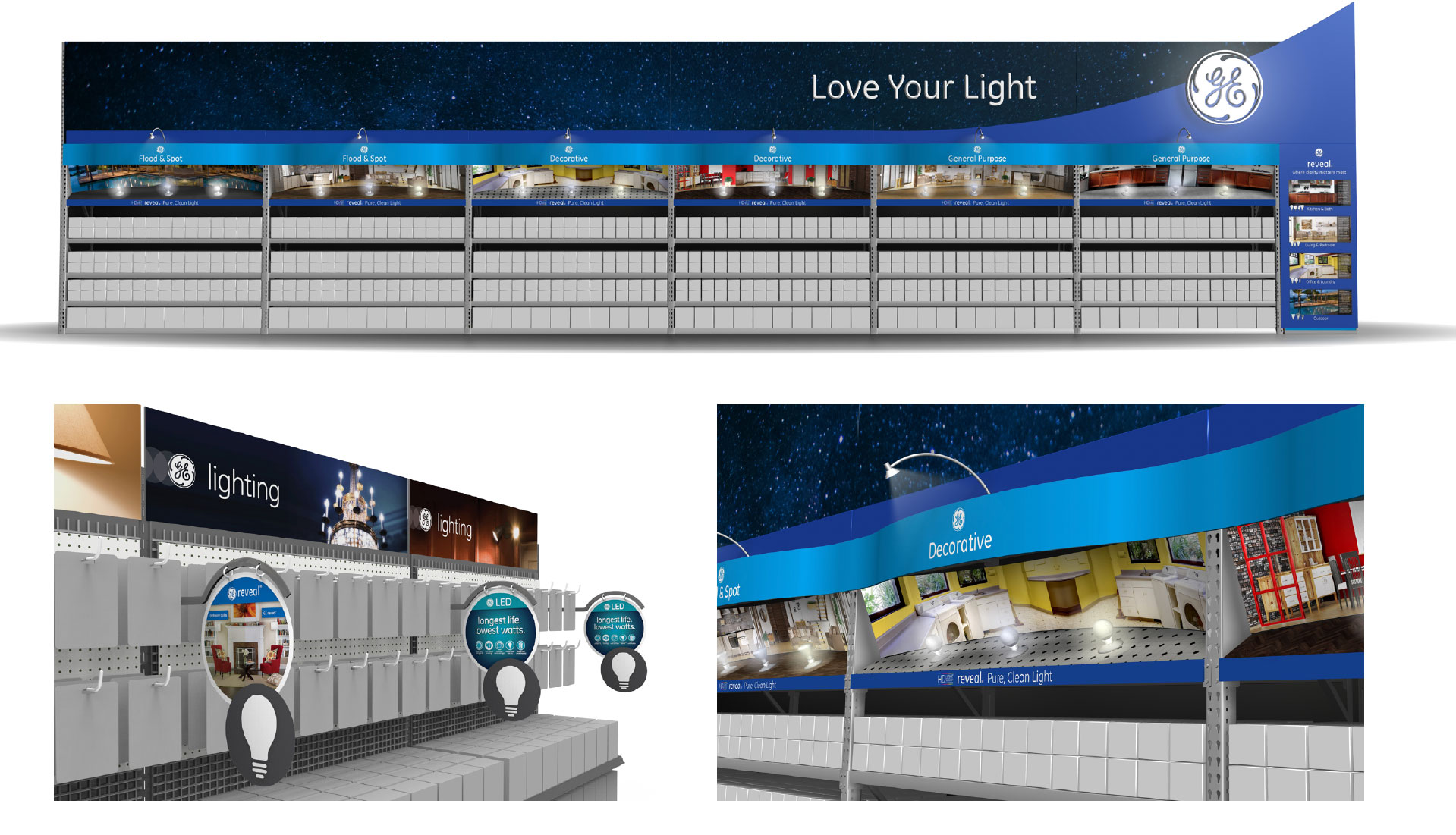
Utilize Digital Signage and Technology
Revolutionize your product placement strategy by seamlessly incorporating cutting-edge technology, such as dynamic digital signage into your retail space. Elevate the customer experience through interactive displays or user-friendly touchscreen kiosks beyond traditional retail interactions. These technological enhancements captivate customers and serve as powerful tools to provide comprehensive information about your products. As technology becomes an integral part of the retail experience, adopting these advancements sets the stage for a forward-thinking and customer-centric approach that resonates with modern shoppers and can set your brand apart from competitors.
Mastering product placement in retail requires creativity, strategic thinking, and a deep understanding of your target audience. By implementing these tips, you can create a shopping environment that attracts customers and encourages them to explore, engage, and ultimately make more purchases. Effective product placement is a powerful tool that can significantly impact your bottom line and contribute to the overall success of your retail business.
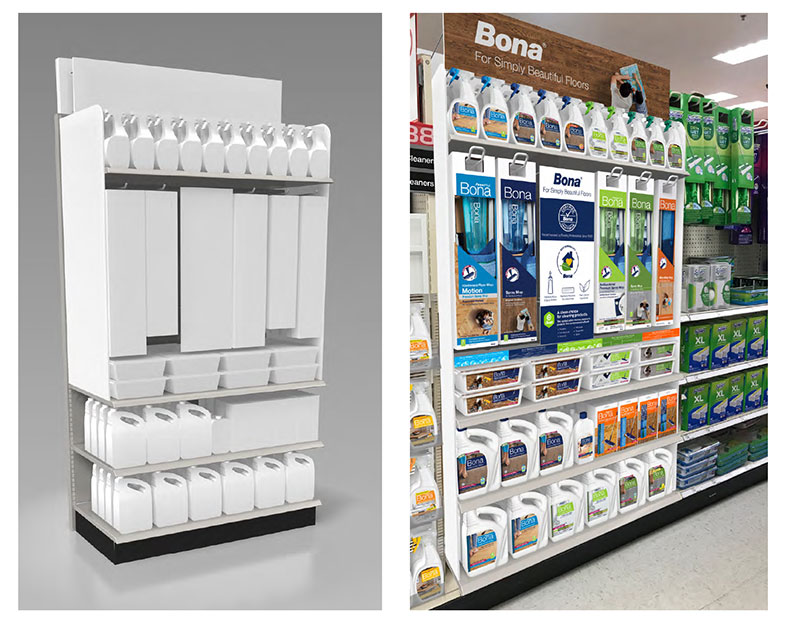
No Comments.